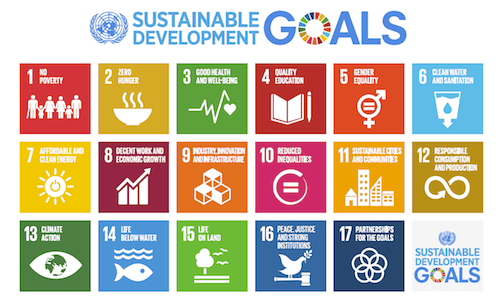
In September 2015, the UN Assembly unanimously approved its new Sustainable Development Goals. These goals replace the Millennium Development Goals and are supposed to drive policymaking on both the national and local scale towards sustainability. The definition of the 17 Sustainable Development Goals (SDGs) and 169 Targets has been followed by a long debate to establish the set of the best fitting Indicators. In March 2016, the United Nations Inter-Agency Expert Group on SDG Indicators (UN IAEG SDGs), at the 47th session of the UN Statistical Commission ‘Better Data Better Lives’, presented its report (UN IAEG SDGs, 2016) for a final agreement on the indicators selected after a multi-step consultation process. These indicators are the ones to be measured in the near future to assess progress towards sustainable development.
There are still many criticalities to be solved in order to make the whole implementation process effective and successful, including adequate investments and financial assistance for developing countries (OECD, 2014; UN SDSN, 2015). Nevertheless, Sustainable Development Goals (SDGs) are becoming increasingly a lighthouse of national and local policymaking. It is therefore crucial to start preparing adequate data sets and statistical indicators to measure how each country intends to achieve its own sustainable development indicators. A few attempts have recently been published. Some notable ones include the GGKP Report on “Measuring Inclusive Green Growth at the Country Level”, the “SDG Index and Dashboards – Global Report” prepared by the SDSN and the Bertelsmann Stiftung, and the “APPS Project” (Assessment, Projections and Policy of Sustainable Development Goals) developed by FEEM.


